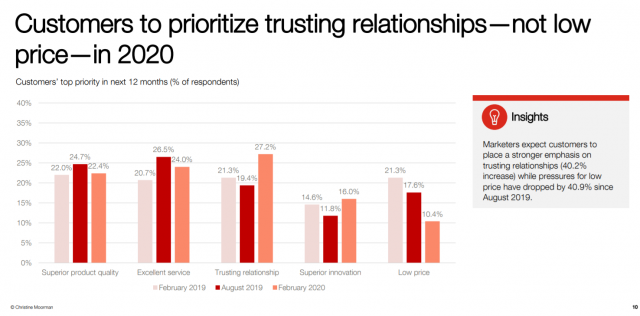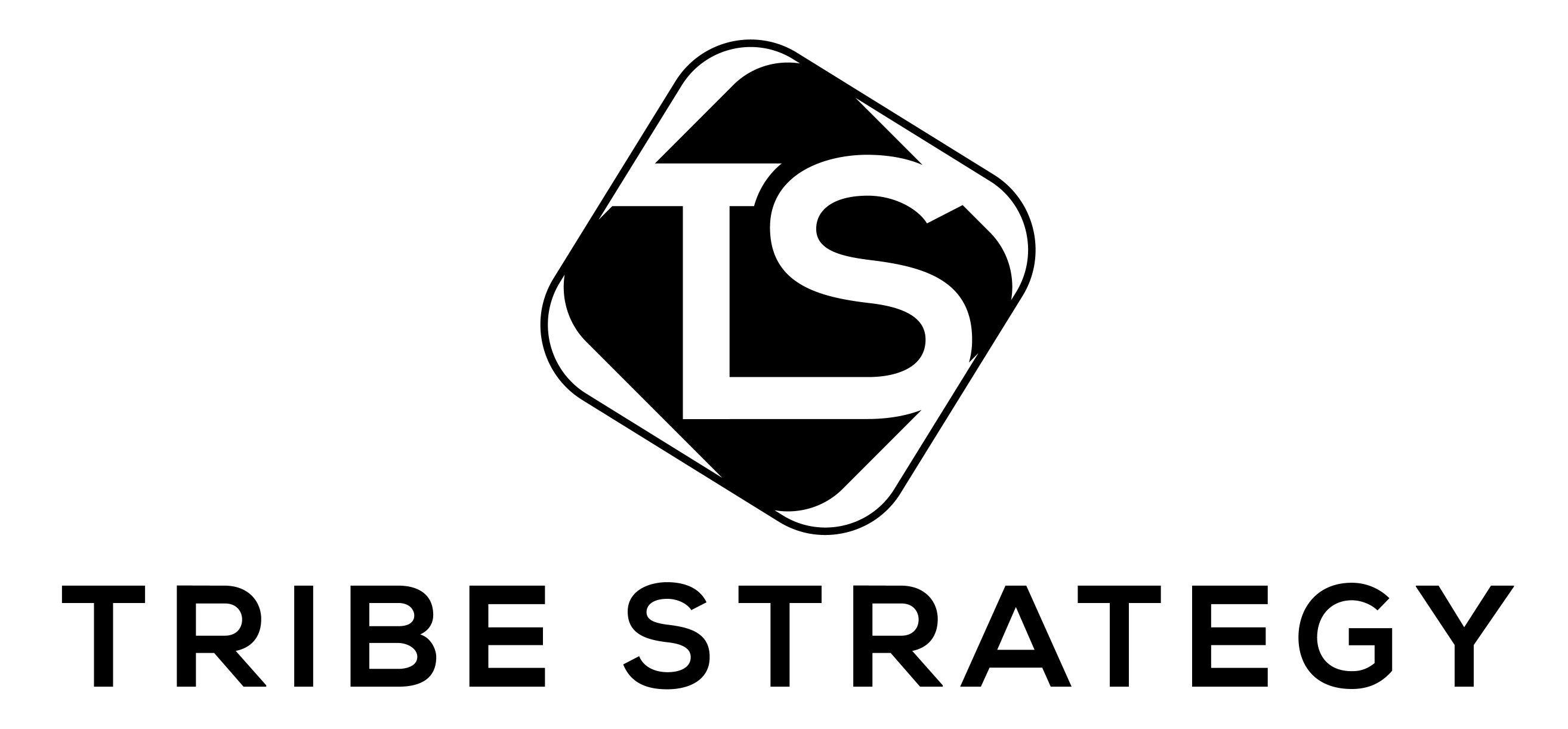We wrap up this three-part series ironically at the beginning. One of the most exciting days of the school year is the first day of school. There’s a lot that goes into it. Your parents would buy you new clothes and shoes, either because you’ve outgrown the old ones or because they understood the power of first impressions. Even if you went to a school where uniforms were required, you still got to wear that brand new uniform for the first time, and if you take yourself back to the time, you can remember that first day of school feeling.

The fact is, you don’t get a second chance to make a first impression, and that first impression can powerfully take you a long way with the customer. You genuinely want to build a relationship with the people you will be working with over the coming months and years.
In customer success, we spend much time talking about churn, onboarding, implementation, adoption, engagement, stakeholders, and the list goes on. None of these things mean anything to your customer if they don’t trust you. Nothing at all, if they don’t trust you. These things only matter to you. These things become a means to an end for a customer success team. One of the unique things about the discipline of customer success in a fast-paced corporate world is the human element. Of course, great relationships alone won’t move the needle of success, but they serve as a foundation. Therefore, as mentioned above, the outcomes are lagging indicators that happen in light of leading behavior, and the leading behavior should be to establish a strong relationship with the customer, particularly in a high-touch enterprise environment.
“People don’t care how much you know, until they know how much you care.”
-Theodore Roosevelt
In 2020, trust is more important than other major factors for B2B relationships, as illustrated by the CMO Survey organization:

The clear trend towards trust-based relationships vs. transactional relationships continues in 2020. Business is personal. Even in a world where innovative technology evolves at break-neck speed, the human factor remains critical to our customers’ success and customer success teams. The key is to establish and maintain that trust with the customer to reflect the organization and the individual in an authentic way.
The Customer Success Manager doesn’t always have the luxury of being the first to the party. In other words, the Customer Success Manager isn’t the first person that comes into contact with the customer. The first interaction is usually with the sales team. World-class sales organizations are great at establishing the connection, identifying and adequately qualifying the customer holistically, and closing the business. That is their job. Of course, top sales reps care about long-term relationships, but that is not their long-term responsibility. Their responsibility is to go out and secure more business for the organization, so it is on you as the Customer Success Manager to carry the torch.
There is no such thing as “neutral” when you are first introduced to a customer. The customer has already met your sales team, potentially an executive sponsor, and your implementation team for complex solutions. Opinions exist about your organization before you walk into the room. More often than not, the sentiment is positive enough that they have decided to move forward with your solution. So now your job is to build on that foundation. Here are some tips for a strong first impression:
Introduction Format
It may seem like an inconsequential component, but it makes a difference in how you position yourself:
- Are you being introduced via email, conference call, face to face, or virtual meeting?
- Is it at the implementation kick-off or the end of their onboarding cycle?
- Are the customer’s executive sponsors on that call, or just your day-to-day contacts?
The method by which you get introduced to the customer makes a world of difference. Think about the format and precisely what you were going to say and how you will position yourself from the very beginning. A good Customer Success Managers should be a great conversationalist, but you don’t want to “wing it.” Will you provide a brief overview of your role, or will you have a deck prepared? Your organization may have a specific format for you to follow, and templates in your customer success technology of choice, if applicable. However, you want to remain flexible as that introduction may come sooner or later than you plan, depending on the circumstances. You want to consider the context of your audience and the impression that you want to convey in your first conversation with the customer.
Prepare Value Points
The more you know about the company and the people that you will be working with, the more leverage you have to build a long-lasting relationship with that customer. The advantage that you have is that you have the opportunity to learn more about them in advance. You only get this opportunity once. Once you begin to engage with them, you have made your impression on them as a Customer Success Manager. You can enter the game an instantly build equity with them, or you can take the risk and get in the game, cold, with no proper preparation.
What Makes This Customer Unique?
Don’t be so quick to assume that you know this customer profile or that you can put them into a box. Yes, they may look like other customers even if they’re in a similar industry than some of your other customers, but that doesn’t mean that they are the same. Many customers will tell you are different, and they may not be different in how they think they are different, but they’re still different culturally. You want to identify the unique values that this customer lives and breaths and tap into that as part of your introduction.
Keep In Mind Your Desired Business Outcomes
Your first responsibility is to ensure that a customer stays a customer, tactically known as ”reducing churn”. Your second responsibility is to create an experience that encourages the customer to purchase more of what your organization has to offer, internally known as ”upsell” or ”adoption”. Your third responsibility is to make sure that the customer is enjoying the experience enough to tell all of their professional colleagues about your solution. Big shoes to fill for someone who isn’t the first person the customer interacts with from your company. The good news is, this is a marathon, not a sprint, but that doesn’t mean you can’t come off the blocks strong.
You don’t get a second chance to make a first impression. As a Customer Success Manager, the difference between having a long-term engaging relationship with a customer and one that is intermittent, or at risk to go ”quiet”, starts with the introduction. The ability to understand this dynamic and navigate it accordingly is what makes the customer success role so vital. It isn’t just a role. It’s an entire movement designed to help keep your business afloat. SaaS organizations need three to five years to be profitable from a new customer, as overhead and ownership costs are spread over that customer’s projected lifetime. Be mindful of that first impression, as it makes a world of difference in the long run.
